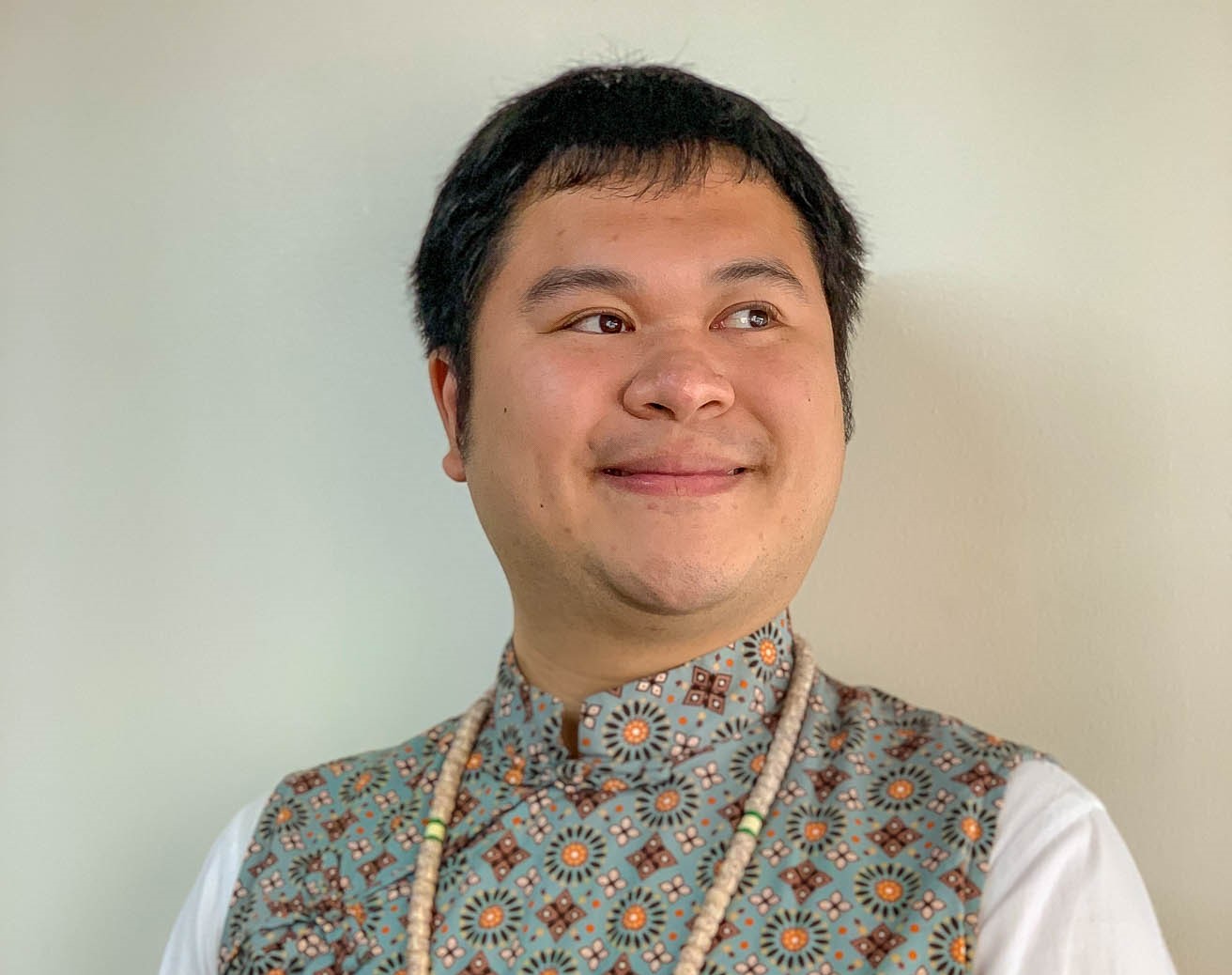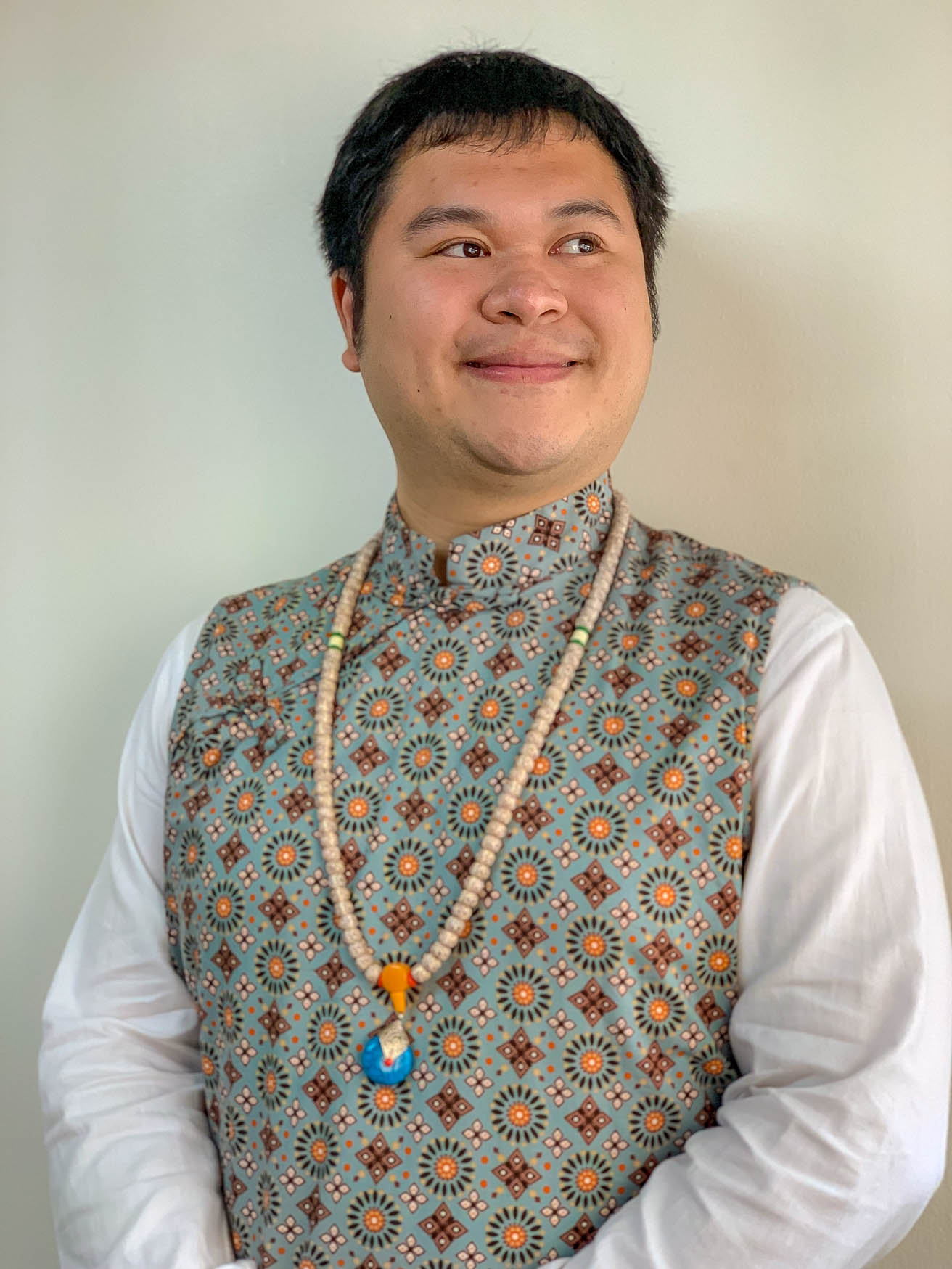Written by Rodge Chanco
Photos by Raphael Vazquez and Jamie Alyssa Lao
I have a little cousin who would take such a long time to choose what she would wear for the day. Every time there would be an outing, or anything that requires dressing up, she’d always insist that it be disclosed to her at least the night before, so she can carefully plan out her clothes. Each time I would ask her why bother, I’d always get the same reply: “It’s all for fashion, kuya! You wouldn’t understand!” That’s fair enough, I suppose.
I always saw clothes as just that, articles of material shaped so you aren’t naked. I always was one to think that a t-shirt and pants were already good enough. I never really gave it a whole lot of thought. “It’s important to watch what you dress,” my mom would tell me. “What you wear says a lot about yourself.”
“Isn’t it weird that the only time people would wear a Barong Tagalog would be either when someone is married or during Linggo ng Wika?” Imagine my surprise when my 9 year-old cousin blurted that out to my poor aunt. When I thought more about it, he makes a point. Why don’t we? After all, the Barong Tagalog has been in the Philippines for hundreds of years now, dating back to the Spanish Colonization. It is even recognized as the Philippine’s national clothing. Yet, we rarely see these articles of clothing in the mainstream. Instead, we live in an age where any style can be integrated into someone’s unique style. In the times of modernity, we are so interconnected and exposed to other countries and cultures that everything, including what we wear, whether as Filipino, Filipino-Chinese, or Chinese, we can not argue that all that we wear is from our respective cultures that have been altered into the present era.
What you wear says a lot about yourself
Filipino clothing has a peculiar history. Our ancestors saw that their land was very hot, so they dressed accordingly. They were nomadic as well, so they would only dress lightly. However, they made importance of how they would dress. There would be epics, such as the legend of Labaw Donggon, which would explain in detail how the titular character would dress up in his magical and colorful clothing, yet would take one sentence to say that he would fight someone for thousands of years. Of course, the simplicity of Filipino clothing drastically changed as the Spanish occupied the Philippines. That was when the Barong Tagalog would be introduced and be worn, which was actually a safety measure of the Spanish. The Barong Tagalog was made of a very thin material, so the Spanish could easily check if the Filipinos were hiding any weapons.
Chinese clothing began with social implications as well, as it was used to showcase royalty and nobility. The more extravagant the clothing was, the higher-up the person would be. However, this fashion would not last, as different dynasties brought their own unique clothing into the culture. Perhaps one of the most notable changes was the introduction of the Hufu during the age of the Warring States. These articles of clothing were more fitting of the period, as the Hufu was almost armor-like in style, preparing the citizens to go to war when needed.
The Chinese influence, in the form of vendors and immigrants from mainland China, would eventually end up in Philippine shores. They would mingle and trade with the natives, with some even marrying so that they may stay in the archipelago. It was here that Chinese culture, and no doubt the fashion along with it, would adapt itself into Philippine society.
Traditional fashion of any respective country is always going to be linked back to its culture, its identity, and its history. There is actually so much one can learn from really taking the time to understand why a specific nation would don their clothing. Just by looking at these clothing would make you think as to why and how these styles came about.
What does it all amount to?
I recently had a chance to speak to Mr. Gilbert Que, a professor from the Department of Communication who took interest in cultures around the world. As he was raised in a Chinese household, he took interest in Chinese traditional clothing. He would have a tailor, who was Chinese-Filipino, create for him all these articles of clothing that were heavily inspired by traditional Chinese fashion. He said that he was inspired when he was exposed to all these clothings in the media, and wondered why no one else would wear these types of clothing. Therefore, he chose to wear these clothes “not to appropriate, but to appreciate.” He has a passion for keeping cultures alive as to not be lost in pages of history. He suggests that the clothing worn now is not so much of culture, but of capitalism, and that brands dictate how we should dress. However, that is not to say that he does not like change. Mr. Que does say that we should not kill traditional fashion, as it is a reminder of our cultural identity and our history.
In the end, fashion is a cycle. What comes into the limelight could have been old news a few years ago. As it moves, we should perhaps take the time to see the beauty of our traditional vestment. What we wear, after all, is who we are.






